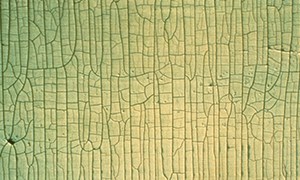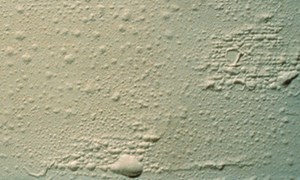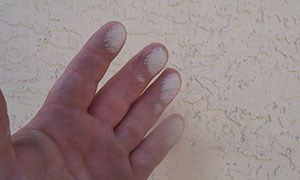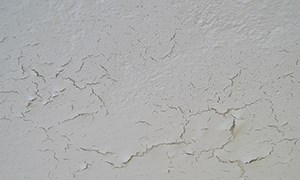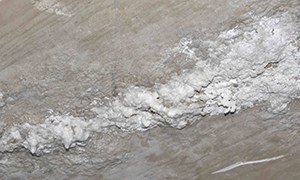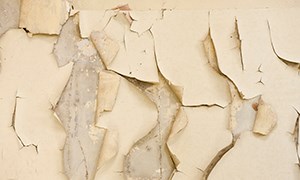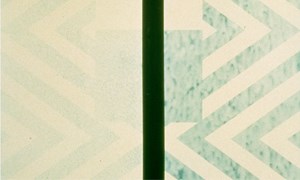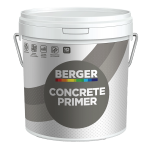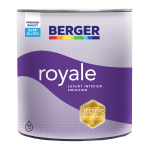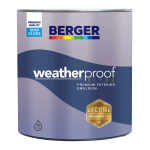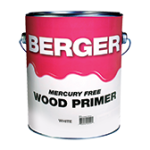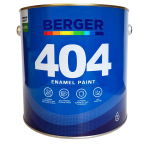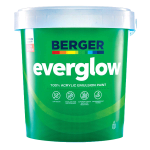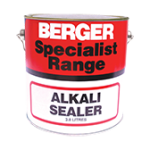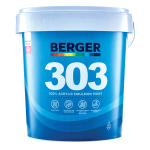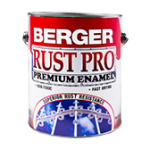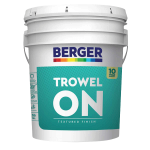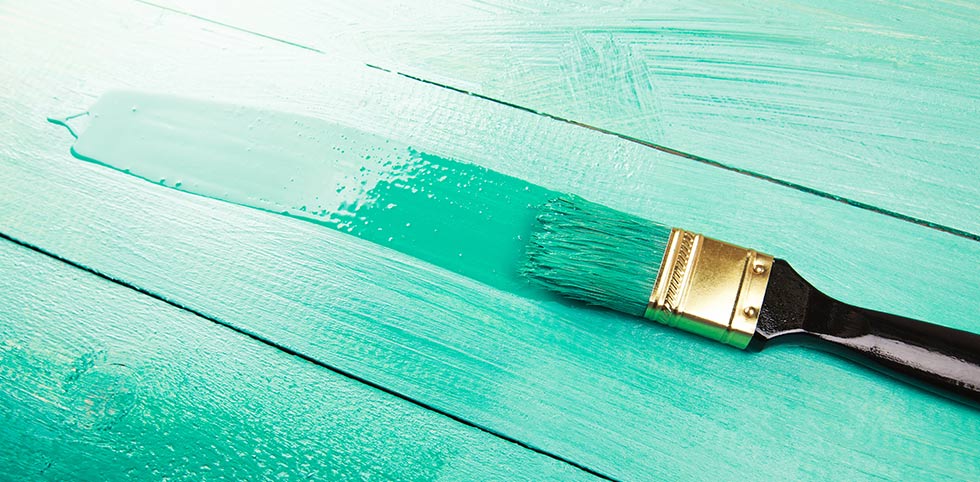Water based and oil based stains are gaining momentum in consumer preference. Here are some tips for using both.
The scaly pattern on your walls is called Alligatoring; which can be described as a patterned cracking appearance in the paint film, resembling the scales of an alligator.
What are the possible causes?
- Applying a hard, rigid coating, like an oil-based enamel, over a more flexible coating, like a water-based latex primer
- Applying the topcoat before the first coat has dried
- Loss of elasticity in the paint film due to the natural aging of paint
- Failure of the topcoat to bond smoothly with the basecoat
- Applying paint too thickly
- Rate of surface drying is significantly higher than base, in thickly applied paint




